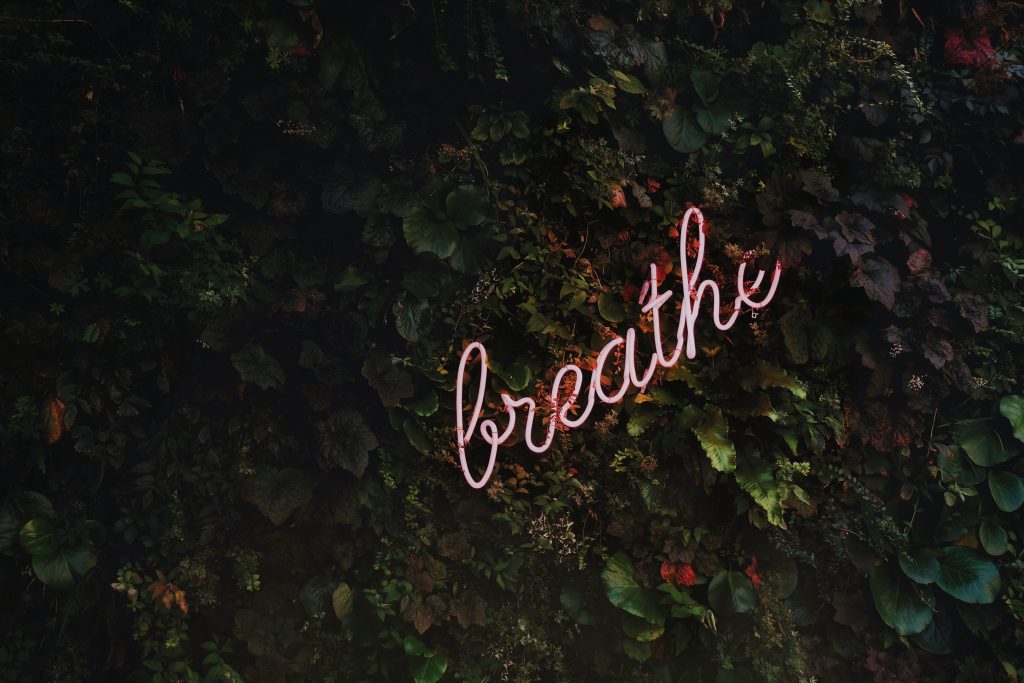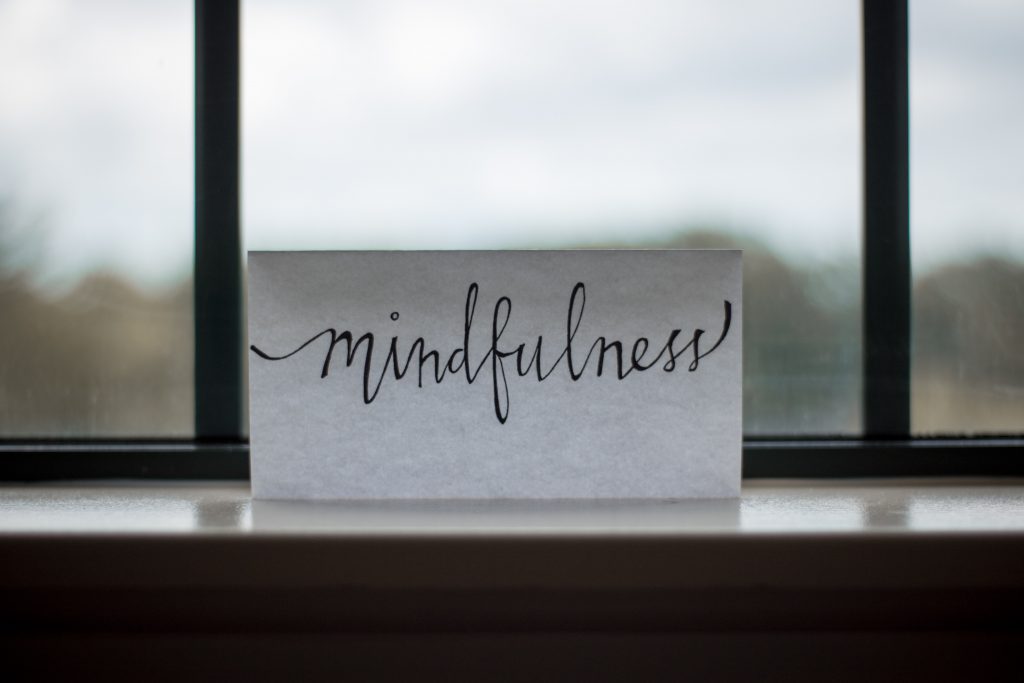Mindfulness
“If you let cloudy water settle, it will become clear. If you let your upset mind settle, your course will also become clear”
Being an adolescent can be really stressful, but mindfulness can help you! Our minds can be focused on things in the past, present or future, so we often find ourselves ruminating about things that have already happened, or worrying about things that could happen and this can often be distressing.
Mindfulness is a powerful way to handle stress, and live life more fully. Mindfulness is about being aware of what is happening in the present, moment-by-moment, without making judgments about what we notice and is a form of self-awareness training adapted from the Buddhist practice of meditation. It has been demonstrated to help a wide variety of conditions including feeling-states such as anxiety and depression, and physical conditions such as chronic pain or illness and also eating disorders as well.

As we said, mindfulness is a practice which encourages to attend to the present moment because we can all pay attention, at least for a short while. If you haven’t tried meditation before though, you might notice that your attention wanders and is not easily controlled.
While strengthens our ability to pay attention, mindfulness also increases our awareness of how our minds fluctuate, often in unhelpful ways. People who practise mindfulness regularly find that it helps their ability to stay in the present moment without being deflected. What does it mean to ‘cultivate a non-judgmental attitude’?
For example, thoughts like “this is horrible” and “I can’t take any more” are both judgments associated with distress, and our thoughts are not the reality but an interpretation of the world around us.
So, in order to say it easily, mindfulness is about breathing, sending a gentle smile to whatever you’re experiencing in this moment (whether it’s easy or difficult), and then letting it go. You can be mindful anytime, anywhere, no matter what you’re doing. It sounds simple, but it’s not always easy to do, especially when you are stressed about experiences at school, with your friends or your family!
Asking someone to define mindfulness is kind of like asking, “What does chocolate taste like?” Or “What does your favorite song sound like?” Definitions can only give you a small idea of what the real experience is like. Just reading about mindfulness without experiencing it yourself is like going to a restaurant to read the menu, without tasting any of the food. Just as the point of going to a restaurant is to taste the food, the point of mindfulness is to experience it for yourself.
People in every culture around the world have recognized the wisdom of openhearted, present-moment awareness, whether or not they called it “mindfulness,” for thousands of years. Everyone can be mindful. You have probably already experienced moments of natural mindfulness, perhaps you’ve had times, without even trying to, when you were deeply aware of what you were doing; the only thing that mattered was the present moment—the past and the future seemed to disappear—and you were filled with gratitude for being aware and in “the moment”. Maybe this happens for you when you play sports, or maybe you experience this kind of awareness when you play a musical instrument, when you pet your dog or cat gently. Whether you realized it or not in those moments, you already know how to be mindful.
So do you want to try a simple exercise?

Yes, inhale and exhale properly and…mindfully!
Being mindful of your breath simply means observing and opening your awareness to your breath: to your breathing in and your breathing out, without controlling or judging it in any way: letting it be
Time required:
10-15 minutes daily for at least a week (though evidence suggests that mindfulness increases the more you practice it).
- Find a relaxed, comfortable position. You could be seated on a chair or on the floor on a cushion. Keep your back upright, but not too tight. Hands resting wherever they’re comfortable. Tongue on the roof of your mouth or wherever it’s comfortable.
- Notice and relax your body. Let yourself relax and become curious about your body seated here – the sensations it experiences, the touch, the connection with the floor or the chair. Relax any areas of tightness or tension. Just breathe.
- Tune into your breath. Feel the natural flow of breath-in, out. You don’t need to do anything to your breath. Not long, not short, just natural. Notice where you feel your breath in your body. It might be in your abdomen. It may be in your chest or throat or in your nostrils. See if you can feel the sensations of breath, one breath at a time. When one breath ends, the next breath begins.
- Be kind to your wandering mind. Now as you do this, you might notice that your mind may start to wander. You may start thinking about other things. If this happens, it is not a problem. It’s very natural. Just notice that your mind has wandered. You can say “thinking” or “wandering” in your head softly. And then gently redirect your attention right back to the breathing.
- Stay here for five to seven minutes. Notice your breath, in silence. From time to time, you’ll get lost in thought, then return to your breath.
- Check in before you check out. After a few minutes, once again notice your body, your whole body, seated here. Let yourself relax even more deeply and then offer yourself some appreciation for doing this practice today.
LET’S TRY AGAIN WITH YOUR BREATHING
The most basic way to do mindful breathing is simply to focus your attention on your breath, the inhale and exhale. You can do this while standing, but ideally you’ll be sitting or even lying in a comfortable position. Your eyes may be open or closed, but you may find it easier to maintain your focus if you close your eyes. It can help to set aside a designated time for this exercise, but it can also help to practice it when you’re feeling particularly stressed or anxious. Experts believe a regular practice of mindful breathing can make it easier to deal with difficult situations.
Sometimes, especially when trying to calm yourself in a stressful moment, it might help to start by taking an exaggerated breath: a deep inhale through your nostrils (3 seconds), hold your breath (2 seconds), and a long exhale through your mouth (4 seconds). Otherwise, simply observe each breath without trying to adjust it; it may help to focus on the rise and fall of your chest or the sensation through your nostrils. As you do so, you may find that your mind wanders, distracted by thoughts or bodily sensations. That’s okay. Just notice that this is happening and gently bring your attention back to your breath.
You may find that your mind wanders, distracted by thoughts or bodily sensations.
That’s okay.
Just notice that this is happening and gently bring your attention back to your breath.

Be mindful.